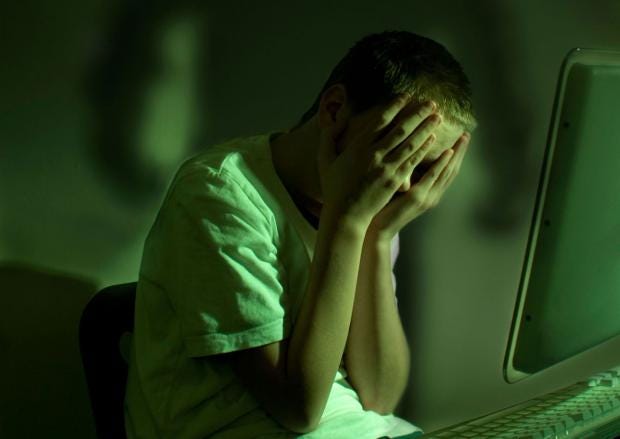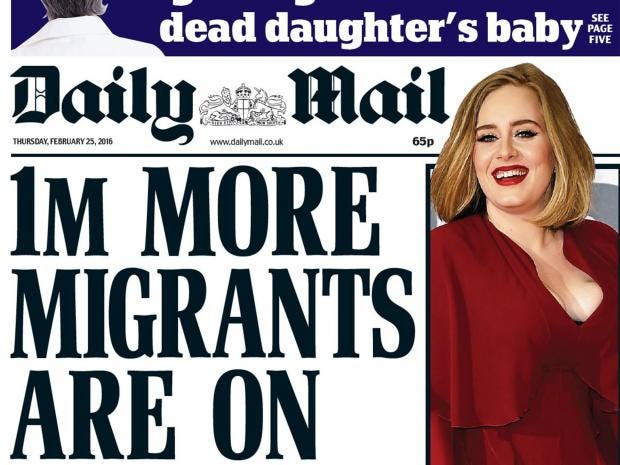-Alvarado theory(1987) looks at 4 key themes in racial representations: exotic, dangerous, humours and pitied.
-Frantz Fanon 1950's : "Black skin, white mask" - he realised that many modern black people felt that they had to "put on a white mask". - This could be through their language or clothing styles "to speak mean to assume a culture"
-Edward Said (1978) he argued that the west - particularly was colonising Europe - constructed meaning of the east & said it was deferent, dangerous and uncivilised. "The other" [Exotic east vs superior west]
2) Watch the opening of Yasmin (2004) again. Does it offer a positive or negative view of British Muslims? To what extent does it reinforce or challenge Edward Said's theory of Orientalism - that the west is superior to the exotic or uncivilised east?
- Yasmin mostly offered positives views of British Muslims through several ways, however there are way where is does offer negative view of British Muslims too. One of the ways that is a positive view of British Muslims is being how the portoginst (Yasmin) was helping disable children, and it showed of what good deeds she does. In addition, it also brings positive views is because it shows how Muslim people are good within their communities and are able to live well within themselves and not being associated with the label of 'exotic' or 'dangerous'. The fact that the whole community get together to pray, shows the realistic view of how a muslim community is - united and living in peace happily - this does challenge the representations that British Muslims are faced with.
However it does also show negative view of British Muslims because of the "rule breaking" Yasmin does, when Yasmin takes off her religious garments behind her families back and going to a bar thats full of men with her friend goes against the religion of Islam. In addition, when Yasmin comes back home with her religious clothing back on and police stop her, it reinforces the view of what other non-muslims people would have against muslims as 'dangerous' or even 'exotic'.
Edward Said's theory is reinforced in this because it shows how the protagonist is trying to hide her identity from others as accepts her 'western culture' behind her families back. The writing of "Paki go home" on a shutter suggest that the people are against the minority that live in the area, and that the 'west is superior".
3) Finally, choose THREE clips for EACH of the theorists and explain how you could apply that theory to the clip. Pick a selection of clips on YouTube from TV, film, music video or advertising and embed them in your blog before writing your analysis under each clip. Note: this means you need NINE clips in total on this blogpost.
Music videos
Alvarado - Ill Manors [Plan B]
Frantz Fanon - Black or White [Michael Jackson]
Michael Jackson can be represented within Frantz Fanon theory as he did bleach his face or got plastic surgery to change his look (this has been conspiracy theories) - "black face, white mask". This could be done because of how famous is still his, maybe he had the pressure of fitting in and representing his western culture.
Edward Said - We are the world 25 for Haiti
Throughout the clip we can see how the west empathises with the southeast.Due to the earthquake, famous celebrities covered the famous Michael Jackson song, for their those who suffered from it and trying to raise awareness of the matter. It could alsmost be seen as how the westerns are the heroes and the southeast need their rescue for everything to then be better. This reinforces the theory of western being superior than the east.
Film
Alvarado - Gone Too Far
Alavardo theory of humours and pitied can be represented her because for example humours because of the how the brother of the protagonist is dressed and this accent can relate to the movie as being comedy. Pitied can be fit here because of how the movie is set in a small house and near a council state can show the representation of lower/middle class lifestyles and as well as the people living in the estates just like a majority of the black community are represented to being adapted in.
Edward Said - My Name is KHAN
This movie was disturbed few years after 9/11, this movie can represent the lives of how a muslim can be represented in the Western countries. This can be linked to Said's theory of orientalist. The west is seen as superior to the east as it can be suggest that the east have overcome the events of 9/11, which was posed by the east, as they are seen as they 'terrorist. It also links to Said's theory because to the west it seems like people from the east are seen as dangerous - within this movie, the protagonist is trying to prove the west wrong.
Frantz Fanon ?
Advertising
Alvarado - Oxfam advert
This advert links to Alvarado's theory of pitied, the fact that this advert is showing people who are suffering and making questioning our actions towards us makes us the wince feel sorry for those who are in need of our help.
Frantz Fanon - Oreo Dare to Wonder
Frantz Faron Theory of infantizilize can be fitted her, as it be seen as the child is taking the role of her father instead - telling him how eat an Oreo, when in fact we as the audience would expect it be the other way round. It makes us the audience see the mature side of the children.
Edward Said ?





